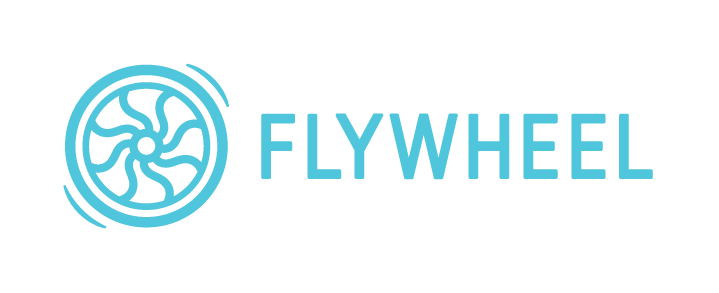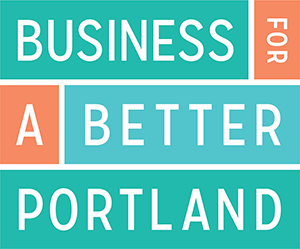If you’ve ever tried to build a website, you know how challenging it can be! The complexities of a great website go beyond coding and design. It’s a tricky balance of serving your needs and serving your audience’s wants.
No matter what service or product you offer, there’s one universal truth for every website on earth: when someone visits your website, they got there because they were looking for something. Whether it was a social media posting, a Google search, or a referral from a friend, there was some indication that you could be the one to give it to them.
People use your website because they want something. And, in the era of smartphones and high-speed wi-fi, if they don’t find what they want—and fast—they’ll move on to something else. That means that your website’s #1 most important job is to deliver what they’re looking for!
So, how do we get them to what they need?
Enable them to take action.
If someone shows up on your website and is ready to buy, that’s great! Consider this: how easy is it for that person to figure out how to buy from you?
Seriously, y’all. Don’t make it harder than it needs to be for your audience to buy from you.
Homepage strategy has a lot of layers, but there are a few guidelines that you can check yourself with.
Use a call-to-action to draw attention to the next step. Use a button or callout that is easy to see and distinguish from the rest of your content. If that important next step is buried in a paragraph of content, your audience may miss it entirely.
The fewer clicks, the better. Nobody likes having to click around trying to find what they need. If it’s a link to your shop or registration page, or something that’s commonly searched for, don’t hide it in your navigation menu or behind a splash page. (Seriously, who needs a splash page anymore?) Minimize the number of clicks it takes to get to that sale.
Keep important elements closer to the top. Not only do we want fewer clicks, we also want less scrolling. And hey, some details definitely matter more than others, such as what specific problem you solve, or that aforementioned call-to-action. The more important the element is to the viewer, the closer to the top of the page you’ll want it to be.
Help them decide what action to take.
When someone lands on your website, they may know a little about you, but they may not have fully decided that they want your offering yet. Basically, they’re interested, but they just need a little more clarification. So, let’s anticipate that by thinking about where we can bring some more clarity.
There are some areas of expertise that aren’t as well-known or understood as others, especially if you have a new piece of tech or a more niche offering (like augmented reality tools for construction sites, for example?) Consider what you can share to help them understand your particular approach.
Additionally, if there’s a category of person that you want to work with, you want your content to speak directly to them! Admit it: you’ve probably had a past client who drove you crazy, or a gig that paid well but didn’t exactly excite you. We want your website to help get you away from the things you “can” do, and attract more of the things you love to do.
So, if you have a specific type of person in mind when you think about your ideal audience, state it. It may be something like, “people with chronic pain,” or “people who love fashion,” or “people who want to conquer clutter.”
Show them why they should (or shouldn’t) choose you.
When you land on a homepage for the first time, do you know exactly what you’re getting into? Your audience might have a general idea of what you offer, like your industry or perhaps a type of product. Now, we have to show them why your offering is the one for them—or, perhaps, why it isn’t.
So, do you still have that specific, ideal person in mind? Keep them there, and focus on what your offering does for them. Let them know what they can experience when they choose your offering.
Again, you can get even more specific here: share examples of what it will be like when they experience the results of your offering. Maybe they’ll be more relaxed, or they’ll spend less time on their bookkeeping, etc.
Keep it short and snappy.
One of the biggest challenges is saying what you mean while staying concise. Even professional copywriters struggle with this.
I personally have a tendency to get really long-winded when I write, so I make sure my team gives everything I write an edit, or at least a once-over. I figure that, if a pro copywriter needs an editor, I certainly do, too.
If you’re looking for more guidance in how to make sure your website serves your audience, then you could be the perfect fit for our upcoming online program, Your Purpose-Powered Website. We’ll work together with you to build strategy that serves your people and supports you, too. Sign up to make sure you don’t miss out.


